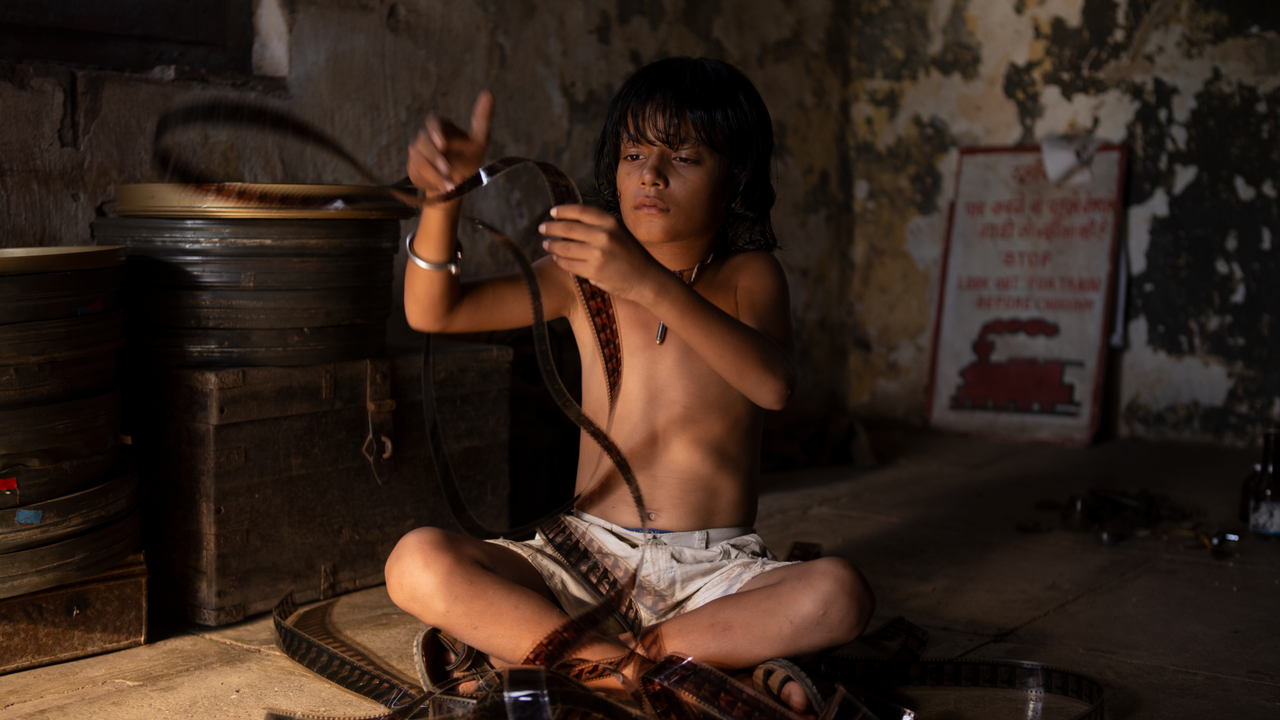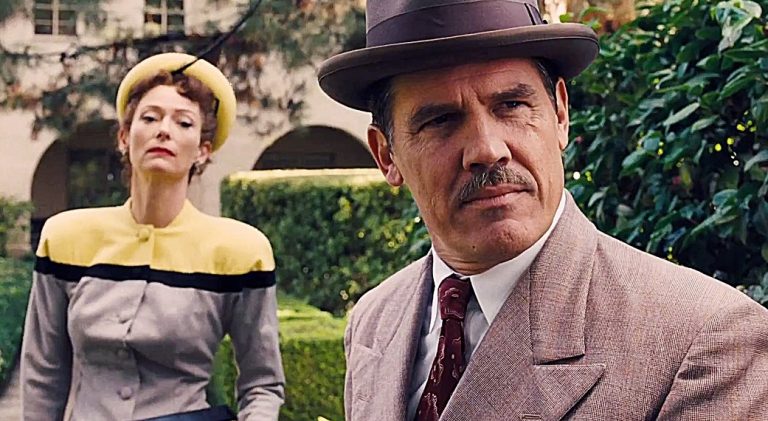The Last Film Shows Review: It takes a flicker of creativity and an abundance of talent for living your dreams. And this also holds to the ability to tell stories. Director Pan Nalin serves as a living example. Born in a small village called Adtala in the Amreli town of Gujrat, Nalin has come a long way from helping his father sell tea at the platform of Khijadiya Junction Railway Station to writing the famous TV series Wagle Ki Duniya for Doordarshan.
For his first international directorial, which is also supposed to be the opening film for Tribeca, the story is slightly based on his own. Marrying a lived-in experience with the Cinema Paradiso premise of a boy who discovers the love for film by working his way over it, Nalin manages to tell a heartfelt and deeply engaging story with a plausible charm in The Last Film Show (2021).
FROM THE MAKERS OF THE LAST FILM SHOW (2021): ANGRY INDIAN GODDESSES [2015]: A FLAWED YET BRAVE ATTEMPT!
The Last Film Show is all about Samay, a lower-middle-class boy who is barely ten years old. He has to catch the train to go to school in the nearby village. He helps his father sell tea in the evening when it’s time for the train to stop. In his family, cinema and filmmaking are forbidden topics, not to be discussed in a Brahmin family of high repute. However, Samay can’t help but be entranced by the revealing and deeply magical world of film. He bribes his way of watching films every day. The bribed man is Faizal, a middle-aged man who makes a living by running the reels into the big screen. Slowly and steadily, Samay learns the craft from this unlikely friend.
The bribe is not in cash. It’s the delicious tiffin box Samay’s mother packs for him with radish and red chilies. But if this feels like a feel-good trip all the way, hold on because it isn’t. The film’s conflicts are rooted in a more nebulous reality. The story of Samay is also the story of every rural boy who dreams a little differently from the others. There’s poverty and caste and class-based inequality that the film hints at. However, Nalin never misuses or beautifies his screenplay with excesses because the story is extremely personal to him.
There are interesting details that the film is garnished with. Mirrors and lights are prominent motifs. Childhood friendships are filmed so meticulously that it feels like Nalin filmed them with tears in his eyes. The Galaxy Theatre, a necessary part of the film, concurrently plays films from different eras and timelines ranging from the early nineties and seventies to the late twenties, probably a writing device to showcase the lack of information among the Indian villagers. Also, the colorful bangles of rural women as metaphors for master directors of Indian and World Cinema moved me to the core.
RELATED TO THE LAST FILM SHOW (2021): 10 INDIE INDIAN FILMMAKERS WHO OWNED 2020
The examination of grief in The Last Film Show is flimsy and broken but also profoundly real. There’s a truly heartfelt ache in the scenes of separation. The resolves are innately manipulative and sometimes juvenile, but they are so expertly done and well-made that they feel truly earned. The tragedy of displacement is endless but zooming the camera towards hope in the light of despair is a solution that Pandya has achieved.
The cinematographer Swapnil S. Sonawane, whose previous work consists of unsullied beauty in Amit Masurkar’s Newton and hazy camera movements in Vikramaditya Motwane’s AK Vs. AK does his career-best work here. The lush fields, the blue sky, the colors of the film reel, and the sophisticated and savory dishes come to life with his brilliant and unhurried cinematography. The editing by Shreyas and Pavan is so fluid in places that it resembles Satyajit Ray’s Pather Panchali in instances.
However, there are times when the writing feels over-the-top and patchy. The melodrama is spilled in flourishes throughout and at times, the attempts to sanitize a mess feel vaguely evident. The acting is only alright, stumbling in places. However, I’d be lying if I say that tears didn’t roll from my eyes as the film ended. It’s a delightful film about storytelling and living your dreams.



![Father [2020] Review – An Understated Drama of Silence and Quiet Despair](https://79468c92.delivery.rocketcdn.me/wp-content/uploads/2021/03/Father-2020-768x432.jpg)

![The City and the City [2022] ‘Berlinale’ Review: The Holocaust Documentary Is Ingenious & Provocative](https://79468c92.delivery.rocketcdn.me/wp-content/uploads/2022/02/The-City-and-the-City-768x432.jpg)
![Paulie Go! [2022] Review – An Incredibly Entertaining Coming-of-Age Comedy](https://79468c92.delivery.rocketcdn.me/wp-content/uploads/2022/05/Paulie-Go-2022-768x431.jpg)
![Coco [2017]: Pixar’s Dazzling Tribute to Power of Family Affection And Cultural Beliefs](https://79468c92.delivery.rocketcdn.me/wp-content/uploads/2017/11/coco-1920x1200-miguel-dante-hector-pixar-animation-2017-hd-4k-10160-768x480.jpg)
![Putham Pudhu Kaalai Vidiyaadha [2022] Review: ‘Loners’ Steals the Show in this Hit-and-miss Pandemic Anthology on Human connection](https://79468c92.delivery.rocketcdn.me/wp-content/uploads/2022/01/Putham-Pudhu-Kaalai-Vidiyaadha-768x384.jpg)